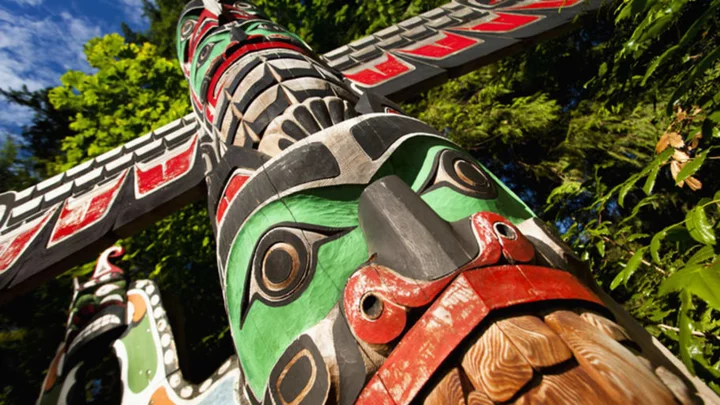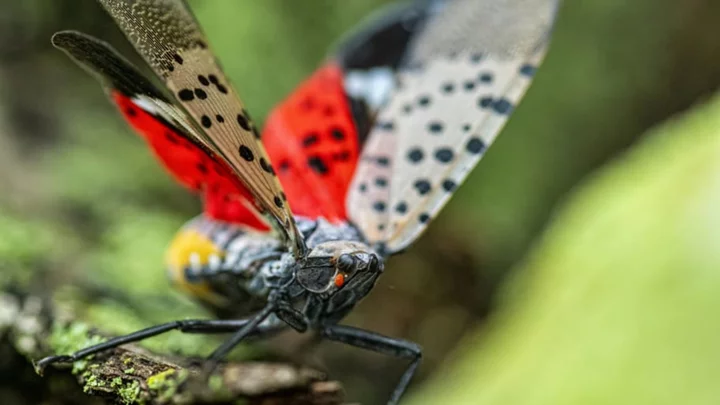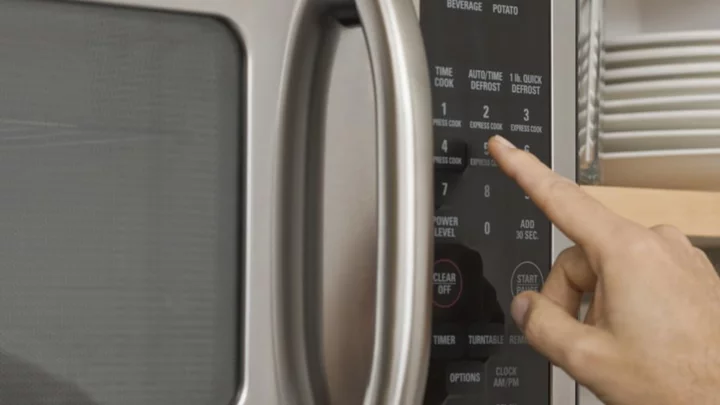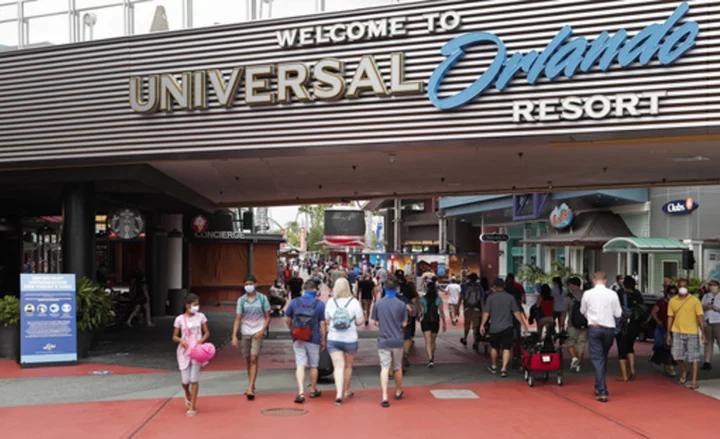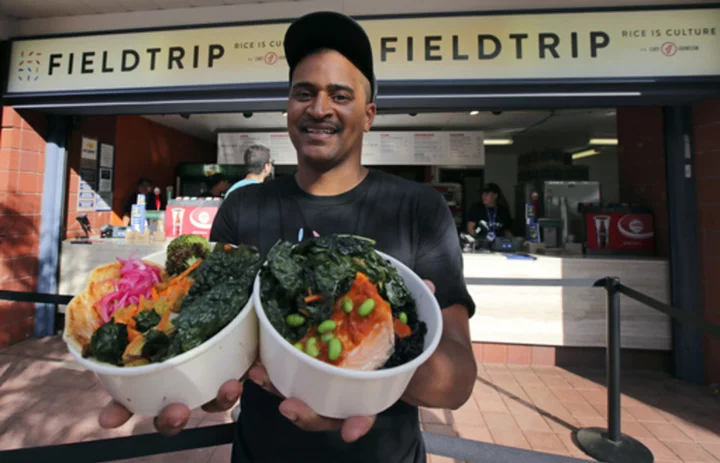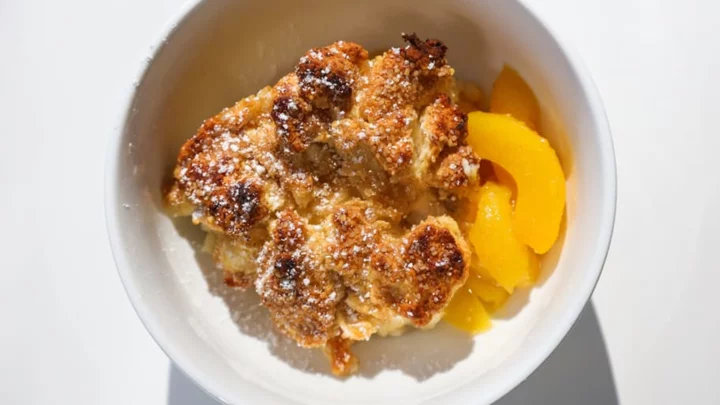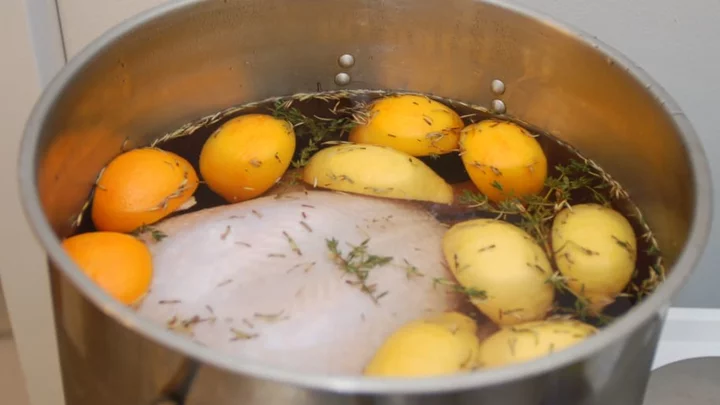Take a stroll anywhere in Vancouver, British Columbia, and you instantly recognize that you are walking on the Indigenous lands. In the city’s historic Gastown district, art galleries are brimming with colorful Coastal Peoples’ art. The forest-like Stanley Park welcomes visitors with a series of totem poles, each featuring the nation of the artist who carved it. Downtown, the Museum of Anthropology (closed until late 2023 for earthquake-resistant upgrades) tells stories of people who lived there before European contact—and who still live in their traditional territories.
It’s part of the effort to mend long-standing injustices that the country’s Indigenous populations have endured. Starting in the 1880s and lasting into the closing decades of the 20th century, the Canadian government built a residential school system for Indigenous children, who were forcibly taken from their families and raised in boarding schools, often hundreds of miles away from their kin and ancestral territories. The policies, meant to assimilate Native children into Canadian society by destroying their cultural identities, devastated generations of people who lost their families, language, and food traditions.
Advised by the Truth and Reconciliation Commission of Canada, which made recommendations and provided a framework for reconciliation, the government issued a formal apology in 2008. The long journey to make things right includes informing non-Indigenous Canadians and visitors about the cultures and history of the people who lived here long before them. Two years later, the Winter Olympic Games in Vancouver opened that culture to the world.
“That was the first time an international event showcased so much local Indigenous culture as part of the opening ceremonies,” Keith Henry, president and CEO of the Indigenous Tourism Association of Canada (ITAC), tells Mental Floss. “I really felt the 2010 Winter Olympics was substantial for Indigenous tourism in the country.”
Another reason, he adds, was the fact that many Canadians realized for the first time the tragedies Indigenous communities went through.
City of Reconciliation
As Canada’s third largest city, Vancouver has the country’s third largest urban Indigenous population—about 52,375 people, which includes Haida, Squamish, Coast Salish, and other nations. The province of British Columbia is home to about 200,000 Indigenous people and 200 distinct First Nations whose ancestors have lived there for more than 10,000 years.
In 2014, local authorities designated Vancouver as the City of Reconciliation, including the official acknowledgement that it resides on the unceded territory of the Musqueam, Squamish, and Tsleil-Waututh peoples. The goal is to make Vancouver an all-inclusive place that celebrates the history and culture of all of its citizens, particularly those who have inhabited the lands since time immemorial. Indigenous-led tourism is driving that cultural resurgence.
“For Indigenous people it’s a really important way for cultural sustainability and revitalization,” Henry says. “It provides an actual economy for artists, language keepers, and language speakers. It provides a way for our cultural leaders to sustain a living locally … this a really important, top priority for many of our people.”
Here are eight ways to experience this cultural revival.
1. Stay in an Indigenous-owned hotel-slash-art studio.
In Skwàchays Lodge, Canada’s first Indigenous hotel, each room is decorated according to the artistic traditions of the province’s First Nations. The combination hotel, gallery, and artist community hosts several artists-in-residence, so guests can visit the makers in their studios and watch them paint, carve, or design clothes—and buy their works at the hotel’s shop. Paying guests who stay at the lodge or purchase the artworks contribute directly to the artists’ housing and studio space and support Indigenous cultural authenticity.
“Once you've found a community of like-minded artists, it makes sense to maintain that community,” says Mike Alexander, Skwachàys painter-in-residence. Like many First Nations children, he was taken from his biological parents as a child and raised in a foster home. “It’s like a family, so to speak.”
2. Take in the contemporary Indigenous art scene.
Vancouver’s famed Gastown district, the site of the original village that grew into the city, is named after Captain John “Gassy Jack” Deighton, an English mariner and saloon keeper. (Gassy in this case refers to being talkative.) Today’s Gastown is a lovely maze of coffee shops, posh eateries, and numerous art galleries. Several are dedicated to Indigenous art, displaying vibrant carvings depicting characters from Indigenous mythology, handmade jewelry, and colorful ceramics.
No visitor should miss the Bill Reid Gallery, a space for contemporary Northwest Coast art with a permanent collection of Reid’s pieces. The acclaimed Haida artist was a master goldsmith, carver, sculptor, writer, broadcaster, and painter, whose creations are found in major museums, at the Canadian embassy in Washington, D.C., and on Canadian currency. The gallery displays and sells wood carvings, paintings, and jewelry, and hosts workshops and artists’ talks.
In Sechelt, a charming small town about two hours by car and car ferry outside Vancouver, Jessica Silvey is reviving the traditional skill of weaving with red cedar. For centuries, Indigenous cultures wove baskets, hats, and blankets from the bark of red cedar trees, using a special technique to pull small amounts off the trunk so that the tree could heal itself afterwards. The weavers boiled the strips to soften them. The process was nearly lost to history, but Indigenous women today are rekindling and reinterpreting the tradition. Silvey teaches the craft and sells handmade items at her Red Cedar Woman Studio.
“There wasn't anyone to teach me; it was all trial and error and reading books, and going to museums and galleries” to examine the artifacts woven by her ancestors, she says. The quest became a family affair. Her father told her how the bark was harvested, and together with her children, she kept experimenting and learning: “They were growing, and I was growing—in my weaving.”
3. Hire an Indigenous guide to explore Stanley Park.
The Talaysay Talking Trees Tour is led by an Indigenous cultural ambassador in the city’s Stanley Park, an oasis that occupies nearly 1000 acres of land on which the local nations have lived for centuries. “Stanley Park is one of our oldest village sites,” says guide Seraphine Lewis of the Haida and Squamish nations. People carved canoes from the large trees that grew in the forest, and built wooden longhouses—communal dwellings shared by multiple families. While these nations were mainly hunters and gatherers, they also planted “forest gardens” that included berry bushes and medicinal herbs. “Even today we sometimes chew the needles of our hemlock trees, not only because they taste good, but because they are high in vitamin C,” Lewis says. “You can eat it right off the branch or can sprinkle it on your fish like seasoning.”
Although not part of the tour, the park’s Brockton Point is worth visiting afterwards—it displays a collection of totem poles hand-carved by the Indigenous people of British Columbia's coast, along with their stories and legends.
4. Get a bird’s-eye view of the ancient landscape …
Another space featuring totem poles and carving demonstrations is Capilano Suspension Bridge Park, Vancouver’s oldest yet very contemporary visitor attraction, famous for its 450-foot suspended footbridge rising 230 feet over the Capilano River. It also features a tree-top walk on several suspension bridges and an adrenaline-boosting cliff walk overlooking a beautiful temperate rainforest and river gorge. The park derives its name from the word Kia’palano, meaning “beautiful river” in the Squamish language.
5. … Or a glimpse under the ocean’s surface.
Nicholas Sonntag Marine Education Centre in Gibsons, another small coastal town accessible by ferry, hosts varying exhibits of creatures that dwell in the local waters. The multicolored sea stars, anemones, fish, and rare glass sponges are displayed in the aquariums with their names written in English and Squamish. “The exhibitions are rotating,” curator Jenny Wright tells Mental Floss. “The animals are there for a few weeks after divers collect them—and then are released back to sea, unharmed.”
6. Sample cuisine blending Indigenous and European traditions.
Chef Inez Cook owns and operates Salmon n’ Bannock Bistro, Vancouver’s only Indigenous restaurant. She serves culturally inspired dishes such as salmon three ways (ceviche, smoked, and salmon spread) as well as elk and bison, accompanied by a traditional side of wild rice infused with traditional herbs like sage. Meals also come with bannock—a type of rich and filling bread that Indigenous people adapted from European grains.
Cook was brought up by a European couple after being taken from her Nuxalk family as a baby in the Sixties Scoop, the government’s 1960s-era policy to force Indigenous children into foster homes. Years later, after a letter came notifying her that her biological mother passed away from a blood disease, she learned that she had a sister—and reconnected with her family and food traditions. She chronicles her journey in a children’s book, Sixties Scoop.
7. Experience the province’s rugged coast through Indigenous eyes.
In the town of Sechelt, adventurous visitors can take a seaplane tour with Sunshine Coast Air and learn about the region’s coastal peoples. A thrilling 45-minute flight above the awe-inspiring coastline is narrated by Candace Campo, a tour guide and member of the Sechelt nation, who also created the original Talking Trees Tour of Stanley Park. As the plane glides above the whitewater rapids and the forest’s lush green canopy, Campo explains how the Sechelt people fished, foraged, and engaged in their own type of aquaculture.
8. Meet a 4000-year-old family of ancestors.
The small but intriguing tems swiya Museum, which means “our world” in the Sechelt (also spelled Shíshálh) language, celebrates the story of the Sechelt Nation’s resilience. Among the collections of photographs and artifacts, its exhibit kw’enusitsht tems stutula (“face to face with our ancestors”) features a digital facial reconstruction of a Shíshálh chief’s family, based on bones and grave goods discovered in 2010 and estimated to be 4000 years old. The reconstruction took three years to complete and was a joint project of the Shíshálh Nation, Canadian Museum of History, and the University of Toronto.
This article was originally published on www.mentalfloss.com as 8 Ways to Experience Indigenous Heritage in One Canadian Province.

